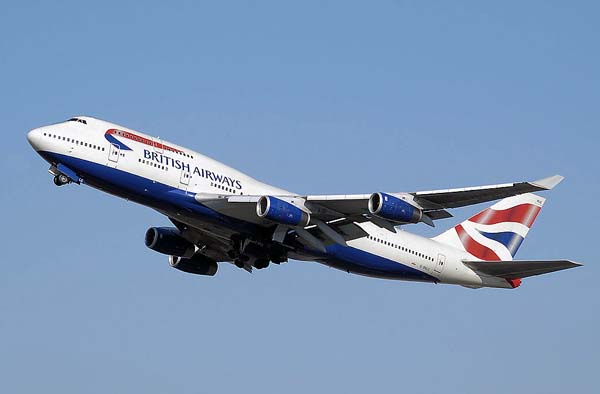Is There a Doctor On the Plane? Medical Emergencies in the Air
Approximately two weeks ago I was on a plane traveling back home from New York. The flight was fairly typical. We boarded, we took off, we were given peanuts and we landed. However, what was very unusual about this flight was that for the first time I saw a physician spring into action 35,000 feet in the sky.
So here’s what happened. About 25 minutes into the flight the beverage service began. After I was asked by the flight attendant what I would like to drink a man in his early thirties walked towards the front of the plane to use the restroom. I was sitting in the third row and noticed when he passed me he didn’t seem stable and he appeared very sweaty. As he walked into the bathroom I saw him collapse in the galley where the flight attendants typically congregate. The flight attendants did what they were trained to do and immediately got on the intercom and in a calm tone said “Are there any medical professionals on board, we have a situation in the front of the plane.” Everyone was turning to their left, their right and behind them to see when this medical professional would appear. After what appeared to be an eternity, but what in reality was probably 2 minutes, a gentleman walked towards the front of the plane and said “I’m a cardiologist.”
For the entire remainder of the flight, this doctor worked on his patient in the galley of the airplane with the assistance of two flight attendants. From what I could see, they hooked up an IV to this patient and continued to use a screen to monitor his vitals.
Once we landed, the paramedics came aboard and took the patient away in a stretcher.
After this incident I did a little research about when doctors on a flight are called into service. Interestingly, a study in the New England Medical Journal found 1 in every 600 flights involves a medical event, though some experts believe the number is actually higher. While many doctors are reluctant to respond to an emergency situation on an airplane, federal law protects providers who respond to most emergencies on domestic flights and most international flights involving U.S. airlines or residents.
Studies have shown that the majority of medical emergencies on airplanes are not serious. Fainting or feeling dizzy and lightheaded make up about 37% of in-flight medical emergencies. Respiratory symptoms made up about 12% of cases and nausea or vomiting another 9.5%,
Also interesting, is that flight attendants must be trained in cardiopulmonary resuscitation and know how to use the automated external defibrillator required on all planes. The flight attendants also are able to consult with experts on the ground during these emergencies. The University of Pittsburgh Medical Center’s communication center provides about 11,000 in flight emergency consultations a year and MedAire, a Phoenix-based service, is the other major source of on the ground medical guidance.
While medical emergencies on airplanes are rare, the Federal Aviation Administration requires airlines to carry medical kits with certain equipment and medications. However, many experts find that these kits are outdated and do not contain the equipment needed in certain situations. Experts argue that medical kits should become standardized to avoid losing valuable time looking for something that may not even exist in the kit.
As for my flight, I do not know what happened to the young man that collapsed, however, I am sure that he is indebted to this doctor who just happened to be traveling from New York to Florida.
Share This



